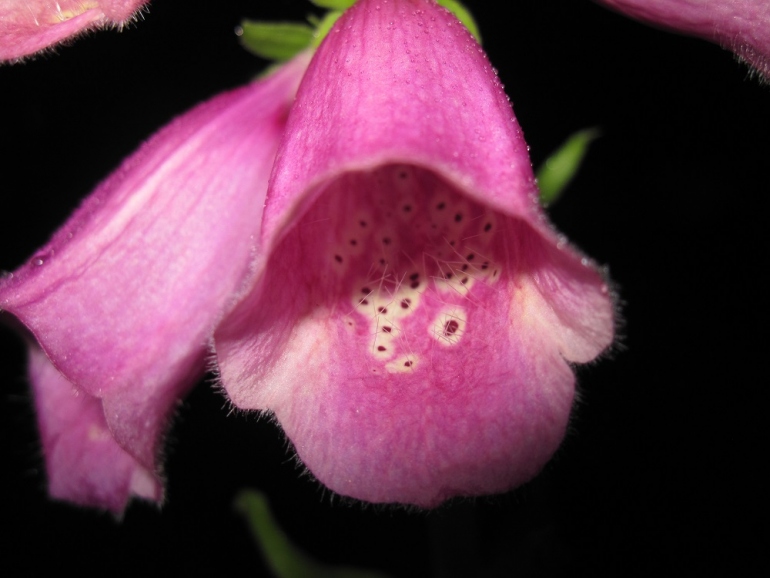Gut Bacteria Produce a Special Enzyme To Protect Us from Plant Toxins

The poisonous petals of the foxglove (Digitalis) have been used in low doses for centuries in folk medicine to treat heart trouble and epilepsy. In 20th century, the foxglove derivative digoxin became widely used to treat a variety of heart conditions, and is included on the World Health Organization’s List of Essential Medicines.
But in the 1980s, researchers discovered that Eggerthella lenta, a bacterium found in the intestines of more than 30 percent of the population, can metabolize digoxin, rendering the drug ineffective in these individuals.
Now UC San Francisco microbiome researcher Peter Turnbaugh, PhD, and his colleague, Harvard chemist Emily Balskus, PhD, have identified the specific bacterial enzyme, called Cgr2 (for cardiac glycoside reductase 2) that allows E. lenta bacteria to metabolize and deactivate digoxin. The new finding, published May 15, 2018, in eLife, could lead to better understanding of how to treat patients who would otherwise be unable to benefit from this important drug.
The researchers were surprised to discover that the Cgr2 enzyme produced by E. lenta’s is specifically tuned to digest toxic derivatives of foxgloves and other plants.
“That was really perplexing,” said Turnbaugh, an assistant professor of microbiology and immunology at UCSF. “Bacteria are notoriously stingy in their genomes: if they are not exposed to a compound they typically lose the genes needed to metabolize it quite quickly.”
Since most people fortunately do not have digoxin in their bodies, the researchers assumed that these bacteria must have the ability to digest digoxin as a side effect of some other, more common need of their metabolism. Instead, they found that the enzyme is highly specific to plant toxins like those found in foxgloves. What’s more, it’s highly conserved across strains of the bacterium from around the world.
“The question is, what are the bacteria getting out of this?" Turnbaugh asked. “Our working hypothesis is that gut bacteria may be maintaining these genes just in case their hosts ingest the toxin so they can protect us against getting poisoned. Which would be quite nice of them.”
Turnbaugh, Balskus and others are continuing to study how the gut microbiome affects the body’s response to a wide variety of drugs and antibiotics.
“Digoxin is the textbook example of an interaction between a drug and the microbiome, but now we know of more than 50 drugs that can directly be metabolized by gut bacteria,” Turnbaugh said. “Understanding these interactions gets to the heart of precision medicine.”
“Pharmacologists have spent decades looking for variations in human genome that predict why patients regularly exhibit very different responses to the same drugs,” he continued. “We’re now increasingly recognizing that we need to have a more comprehensive approach to pharmacogenetics that includes not just the human genome but also the genomes of the trillions of organisms that live within us.”
For more details on the study, see the story at the Harvard Gazette »